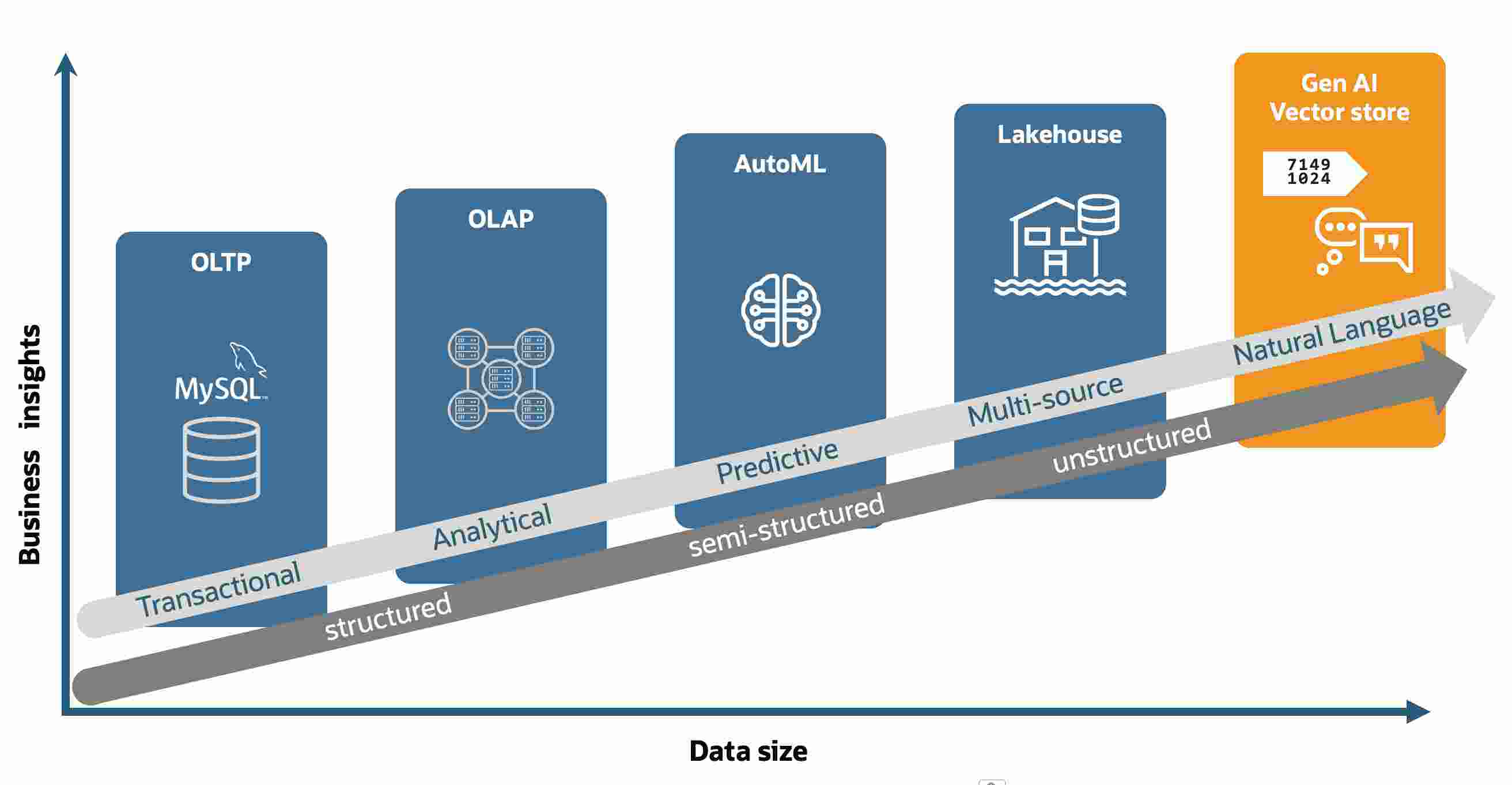
(Image from here)
In part2, I summarized the Exadata platform based options available for DB deployment on OCI. In this post I will talk about the options available for deploying MySQL on OCI. MySQL from Oracle is available in two different flavours: Community Edition which is Open Source and two types of paid editions Standard and the Enterprise Edition. Enterprise Edition comes with additional features like TDE, Enterprise backup, HA etc. Both the Standard and the Enterprise Editions come with Oracle Premier Support. As it is with the Oracle database, MySQL can also be run as an IaaS option where you provision a compute instance, attach some block storage and install/configure the edition you need. There are options available on OCI Marketplace as well.
But managed service in OCI is the more interesting option where all of these overheads of installation and configuration aren’t there. You can provision MySQL as a service where you can select the hardware & software configuration you need and provision the database system with a few clicks.
There are a variety of shapes starting from as small as 1 OCPU with 8 GB of RAM and going up to 128 OCPUs and 2 TB of RAM. It provides an option for a Dev kind of environment where a standalone single-instance DB system is provisioned. For production grade systems, there is an option to deploy it in HA configuration where there are 3 database instances to provide failover in event of a failure. There are four more interesting features that can be enabled with this service:
HeatWave
MySQL HeatWave is an in-memory query accelerator designed to speed up the analytical queries. There are a dedicated set of nodes where the data is loaded in the memory and once the user submits a query, MySQL engine decides where it can be served best from; MySQL DB or HeatWave cluster. It is based on a cost-based model which the system uses to make the decision.
HeatWave Lakehouse
Lakehouse function enables queries on the data stored in OCI object storage. It supports formats like CSV, Avro, JSON and Parquet. It reads data from the source files, transforms it and saves it in the object storage based HeatWave persistent layer. Finally, the transformed data is loaded to the memory. Note that this data isn’t loaded into the MySQL RDBMS tables.
HeatWave AutoML
HeatWave AutoML is kind of an automated Machine Learning functionality within the MySQL database. It automates the steps like algorithm selection and intelligent data sampling for the model training. Some of the things you can do with AutoML are data classification, regression analysis, anomaly detection and forecast generation.
Vector store
MySQL 9.0.0 has brought the support for VECTOR datatype in the database. That allows you to store, query and run various functions on vector data, without requiring another database just for the purpose of storing vector data.
That was all about using MySQL on OCI. In the next post, I will talk about PostgreSQL service on OCI.